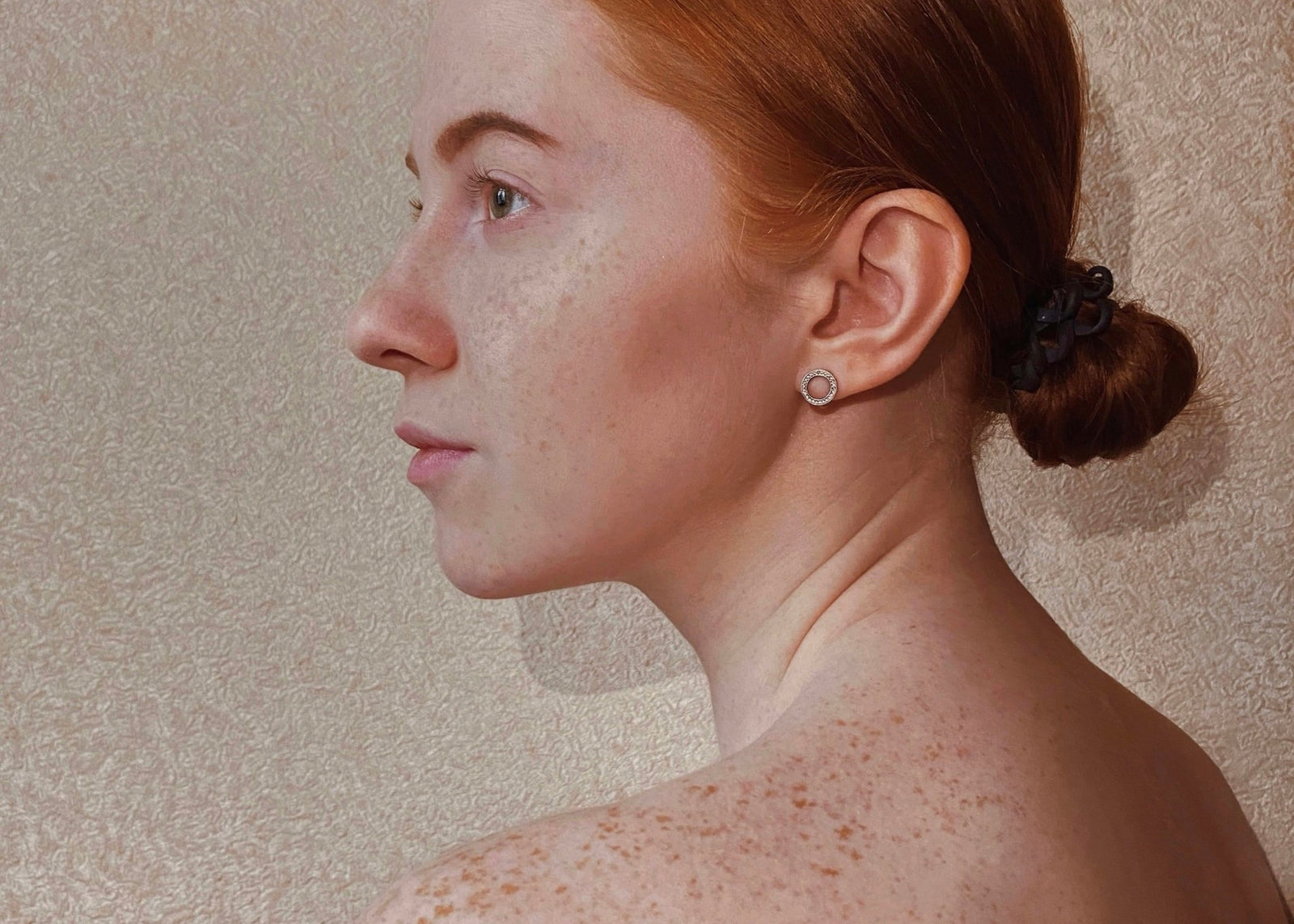
Can I Use Retinol with Rosacea? Guidelines for Sensitive Skin
If you're dealing with rosacea, you know that finding the right skincare products can be a challenging task. You may have heard about the wonders of retinol for skin rejuvenation, but you're probably wondering, "Can I use retinol with rosacea?" The answer is not straightforward, as it depends on your skin's sensitivity and the severity of your condition. This guide will provide you with detailed information on this topic, helping you make an informed decision.
Understanding Rosacea and Retinol
What is Rosacea?
Rosacea is a common skin condition characterized by redness, visible blood vessels, and small, red, pus-filled bumps on the face. It can flare up for weeks to months and then diminish for a while. While it's more common in fair-skinned people and women, it can affect anyone.
The exact cause of rosacea is unknown, but it's believed to be a combination of hereditary and environmental factors. Triggers can include hot drinks, spicy foods, alcohol, temperature extremes, sunlight, stress, and certain cosmetics.
What is Retinol?
Retinol, a derivative of vitamin A, is a popular ingredient in anti-aging skincare products. It's known for its ability to speed up skin cell turnover, reduce fine lines and wrinkles, and improve skin texture. However, it can also cause skin irritation, especially in higher concentrations or for those with sensitive skin.
Retinol works by encouraging the production of new skin cells and helping to shed old ones. This process can lead to smoother, more youthful-looking skin. However, this rapid turnover can also lead to dryness, peeling, and redness, especially when you first start using it.
Can You Use Retinol If You Have Rosacea?
The answer to this question is both yes and no. It depends on your skin's tolerance and the severity of your rosacea. Some people with mild rosacea may be able to use retinol without any problems, while others may find it too irritating.
Retinol can cause initial skin irritation, known as retinization, which can exacerbate rosacea symptoms. However, this doesn't mean that those with rosacea should completely avoid retinol. It's about finding the right balance and approach.
How to Use Retinol with Rosacea
Start Slowly
When introducing retinol into your skincare routine, it's crucial to start slowly. Begin with a low concentration and gradually increase it as your skin gets used to the product. This can help minimize potential irritation.
Try using retinol once or twice a week at first, then gradually increase the frequency as your skin adjusts. If you notice any irritation or flare-ups, reduce the frequency or stop using the product.
Use a Buffer
Applying a moisturizer before retinol can act as a buffer, reducing its direct impact on your skin. Look for a moisturizer with natural and sustainable ingredients, such as aloe vera or shea butter, which can soothe and hydrate your skin.
Wait for about 20 minutes after applying the moisturizer before you apply the retinol. This can help reduce the potential for irritation.
Monitor Your Skin
Keep a close eye on your skin's reaction to the retinol. If you notice increased redness, dryness, or other signs of irritation, it may be best to stop using the product. Always listen to your skin and adjust your skincare routine accordingly.
Remember, it's always a good idea to consult with a dermatologist before starting any new skincare product, especially if you have a condition like rosacea.
Alternative Ingredients for Rosacea
If retinol proves too harsh for your skin, don't worry. There are plenty of natural and sustainable ingredients that can help soothe and manage rosacea. Here are a few alternatives:
- Green Tea: Green tea has anti-inflammatory properties that can help reduce redness and inflammation associated with rosacea.
- Oatmeal: Oatmeal is known for its soothing properties, making it an excellent choice for sensitive skin.
- Chamomile: Chamomile has calming properties that can help soothe rosacea-prone skin.
- Niacinamide: Niacinamide, a form of vitamin B3, can help strengthen the skin's barrier, reduce redness, and improve skin texture.
Remember, everyone's skin is different. What works for one person may not work for another. It's all about finding what works best for your skin.
Conclusion
While retinol can offer significant benefits for skin rejuvenation, it's not for everyone. If you have rosacea, it's essential to approach retinol with caution. Start slowly, use a buffer, and monitor your skin's reaction. If retinol proves too irritating, there are plenty of natural and sustainable alternatives available.
Always consult with a dermatologist before starting any new skincare routine, especially if you have a condition like rosacea. With the right approach and products, you can manage your rosacea and achieve healthier, more radiant skin.














